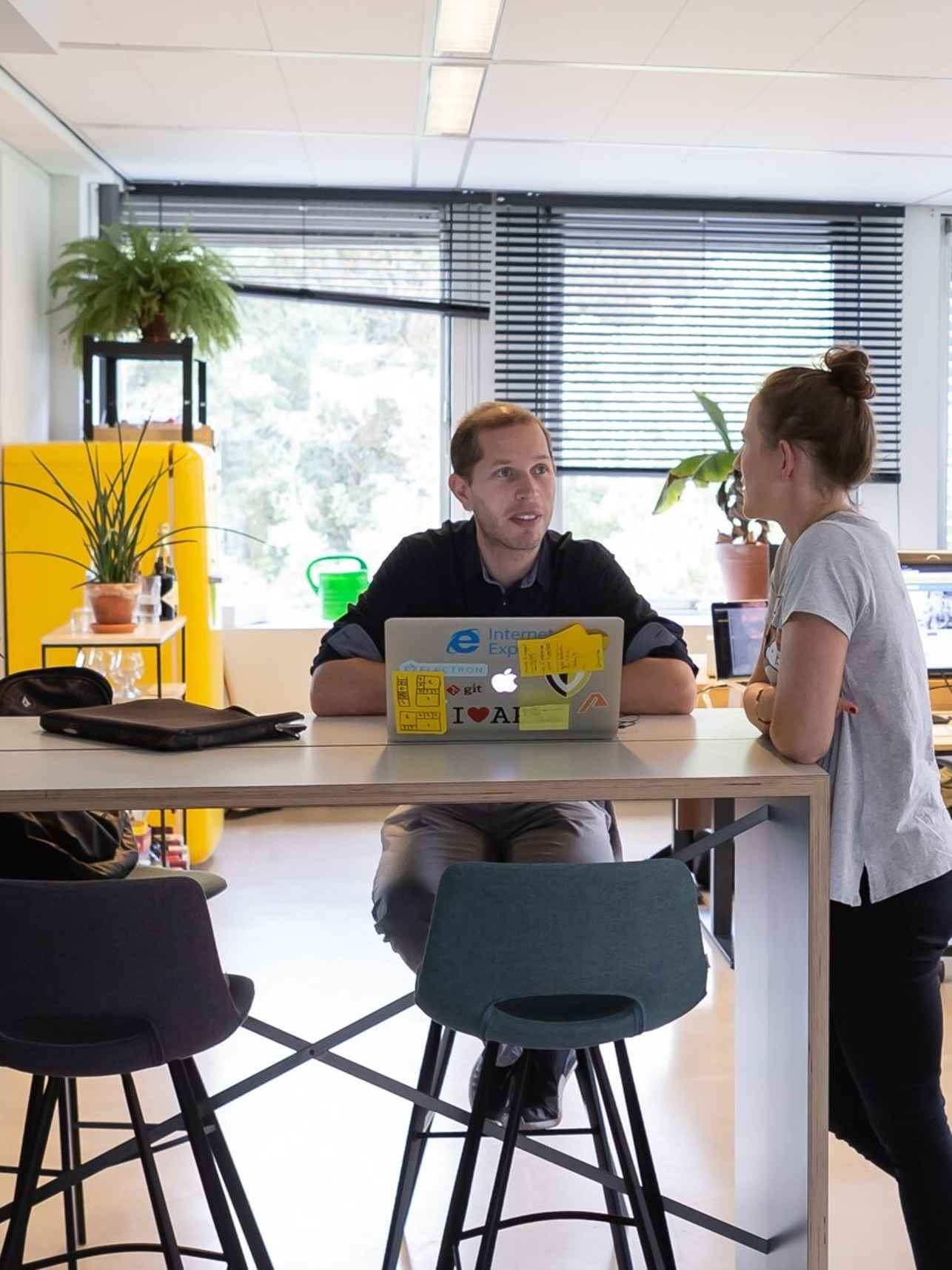Centre for Applied Research of the Faculty of Digital Media & Creative Industries
The Centre for Applied Research of Digital Media & Creative Industries (FDMCI) researches the societal impact of digital media, new technologies, and design. Our goal is to contribute to a sustainable, inclusive, and innovative society where digital technology and creativity converge to address societal challenges. We support future creative professionals by equipping them with the knowledge, skills, and mindset to drive positive change. Our practice-oriented research focuses on the creative industries and the impact of (digital) media, technologies, and design on society. We embrace the university-wide themes of sustainability, diversity & inclusion, and digitalization as guiding principles. Our forward-looking approach, with a strong emphasis on ethical and ecological values, connects education, practice, and research.

Our research groups
Research within the Knowledge Centre is conducted in research groups where lecturer-researchers, PhD candidates, and postdocs collaborate under the guidance of professors. The research groups of the Knowledge Centre within the Faculty of Digital Media & Creative Industries are: Applied Quantum Computing, Civic Interaction Design, Creative Media for Social Change, Digital Life, Fashion Research and Technology, Fashion Design & Identity, Network Cultures, Responsible IT, Visual Methodologies, and the university-wide research group on Applied Research Impact.
We create impact
Our research groups collaborate with partners from the professional field, educational institutions, and research organizations to develop directly applicable knowledge and solutions. Through design, testing, and experimentation, we create innovations with measurable impact. This ranges from technological prototypes to socially sustainable solutions that contribute to a just and sustainable society.

Societal challenges and collaboration
Our researchers provide creative professionals with tools to contribute to an inclusive and liveable society. Empirical and design-based research is combined with speculative and artistic approaches, with a strong focus on critical reflections on technology and media. By exploring new materials, media forms, and technologies, we outline alternatives and stimulate debate about the future.
To achieve our goals, we collaborate in coalitions with educational programs, external partners, and other faculties at the university. Together with our Centres of Expertise (Creative Innovation and Applied Artificial Intelligence), we connect research and practice, amplifying our impact on society and education.

Education and practice
Our focus on integration with education ensures that students not only learn from existing knowledge but also actively participate in research projects. This integration makes education future-proof and strengthens professional practice. Students work on real-life issues and have the opportunity to develop innovative solutions while being prepared for a rapidly changing world.
Contact us
Would you like more information about our research or explore collaboration opportunities? Please contact:
- Andre Neumann - Head of Knowledge Centre FDMCI: a.neumann@hva.nl
- Wouter Groot - Head of Operations, Knowledge Centre FDMCI: w.j.c.groot@hva.nl
- General inquiries: kc-fdmci@hva.nl